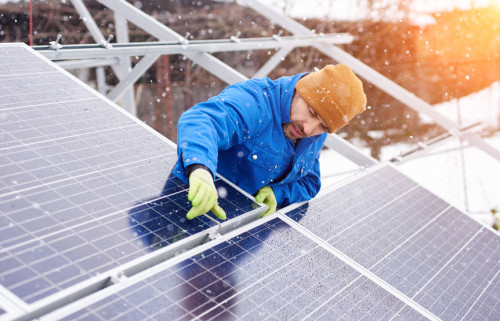 Safety training isn’t just a formality — it’s a tested means of reducing serious injuries and cutting back days-away-from-work incidents. But all too often, training is conducted half-heartedly or not at all.
Safety training isn’t just a formality — it’s a tested means of reducing serious injuries and cutting back days-away-from-work incidents. But all too often, training is conducted half-heartedly or not at all.
Some evidence of that comes in the most recent breakdown of OSHA’s top 10 most-cited violations. The list is usually pretty static, with the repeat offenders showing up year after year, but this latest iteration saw a new addition in “fall protection — training requirements.” The safety implications of a lack of training run deep. Inadequate fall protection in and of itself has clinched the top spot for the past few years of OSHA’s most-cited list, and actual falls are the leading cause of death in the construction industry. As evidenced by the landscape of falls alone, training touches every part of the occupational safety environment and is a pillar of what we do
So how do we improve on the way we train? For starters, most workers expect to feel safe at work — about 80 percent, according to survey data. That would suggest that most are not only open to learning safety procedures but would also welcome it. Training professionals recommend putting new employees — who are more likely than seasoned employees to be injured on the job due to inexperience — through a highly comprehensive, consistent program to get them up to speed. For both new and veteran employees, on-the-job training has been shown to be an effective means for teaching updates to safety procedures as they are made. Training experts recommend managers start the process by giving employees an introductory overview of the new procedure before guiding them through a “tryout” period for the update. Once that’s done, managers should follow up afterwards to ensure the employee has the right grasp of the behavior.
In any workplace, safety training is an evolving practice. Procedures shift as we discover new ways to do old work, and the shifting ground means that managers need to have an active presence. As always, we’re here to help with all the materials you need to make safety a priority for your workforce!

 Winter always seems to be a busy season, which is odd considering how strong the urge can be to just hibernate through it and skip the whole thing. From a worker safety standpoint, we’re not exactly crazy about the season, but the fact is, it rolls around each year like clockwork, bringing its own work-related challenges.
Winter always seems to be a busy season, which is odd considering how strong the urge can be to just hibernate through it and skip the whole thing. From a worker safety standpoint, we’re not exactly crazy about the season, but the fact is, it rolls around each year like clockwork, bringing its own work-related challenges.